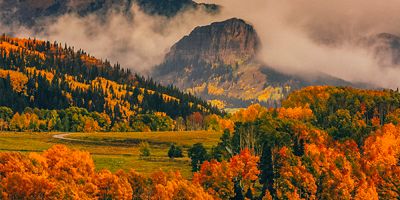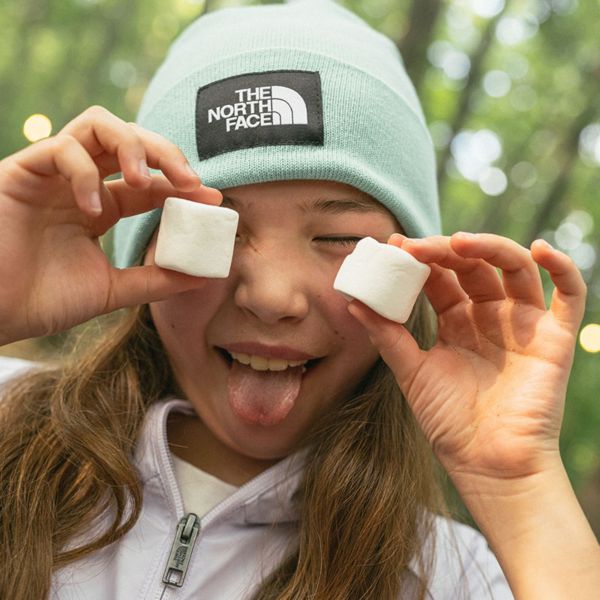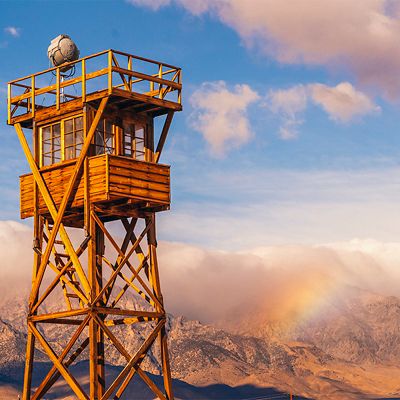With its interconnected waterways and unspoiled forests, northern Minnesota’s Boundary Waters is the largest wilderness area east of the Rockies and north of the Everglades. Attracting more than 160,000 visitors each year, it’s also the most visited wilderness in the country and one of the most accessible, while offering critical wildlife habitat, and supporting the people and economies of wilderness-edge communities—notably the Bois Forte, Fond du Lac, and Grand Portage Bands of Chippewa. An analysis by the Wilderness Society also found the Boundary Waters’ larger 4.3-million-acre Quetico-Superior ecosystem—which includes Voyageurs National Park, Quetico Provincial Park, and the Superior National Forest, home to 20% of the freshwater in the entire national forest system—to have “Wildland Conservation Value,” making it vital to protect.
However, despite this ecological (and recreational) value, the area is under threat. Sulfide-ore copper mining has been proposed on the edge of the wilderness area, causing immediate concerns due to the sulfates in the mine tailings. When those waste rocks are exposed to air and water, they produce sulfuric acid, leaching toxins and heavy metals into the surrounding water. Its pollution, scientists say, would permanently damage the extensively interconnected downstream lakes, rivers, and groundwater.
First proposed in 2016 before being suppressed by the Trump administration, in October 2021, the Biden administration proposed a process to withdraw mineral permits and leases in the Boundary Waters watershed. In the past five years, nearly 600,000 comments have poured in that support such measures to protect the region. In January 2022, the Department of Interior terminated two federal mineral leases for Chilean mining conglomerate Antofagasta's Twin Metals project on the edge of the Boundary Waters after determining they had been unlawfully renewed. And five months later, the Forest Service released a draft environmental assessment (EA) for a proposed 20-year ban on sulfide-ore copper mining on 225,504 acres of federal lands and minerals in the watershed, providing a strong scientific basis for the withdrawal.
“It’s rooted in peer-reviewed science, law, and established federal public lands policy, and validates the concerns of local residents and the American people about the risk sulfide-ore copper mining poses to the wilderness,” says Save the Boundary Waters’ Becky Rom of the EA. “That watershed is the wrong place for this risky type of mining."
In early August 2022, the Forest Service wrapped up its public comment period on the proposal—which garnered support from such groups as the Water Legacy, Sierra Club, Environment America, Wilderness Society, and Outdoor Alliance. The agency will now revise its study based on this response and send a finalized assessment to the Bureau of Land Management (BLM) as part of a larger application for the ban and a recommendation to current Interior Secretary Deb Haaland, who will make the ban’s final decision. (While the Forest Service can’t permanently ban sulfide-ore copper mining near the wilderness, which is up to Congress, the executive branch can provide a layer of protection with a 20-year ban while advocates work toward permanent protection from copper mining.)










